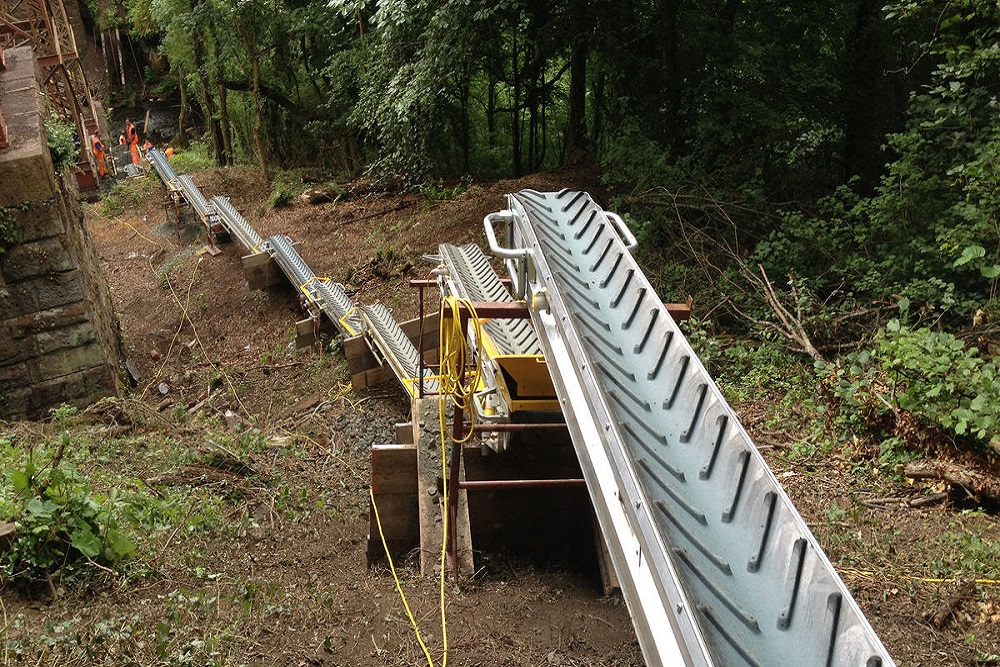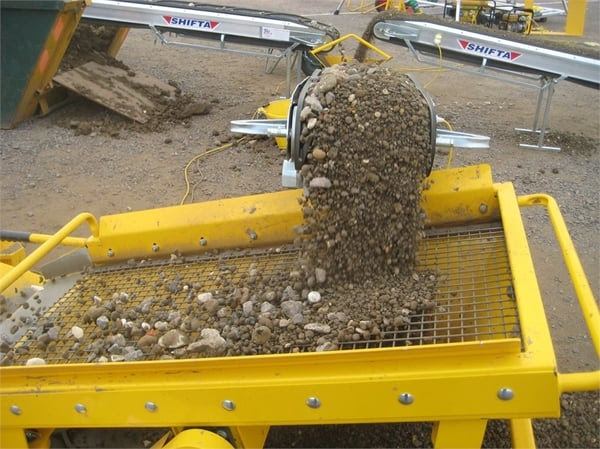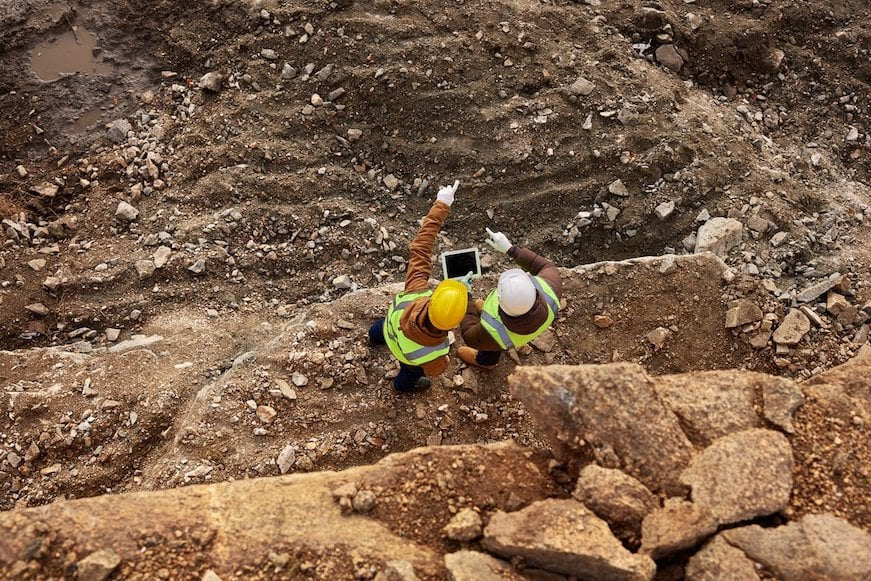How to choose the right size conveyor belt.

In 1905, Richard Sutcliffe invented the first conveyor belts for use in coal mines which revolutionised the mining industry. In 1913, Henry Ford (the guy who owns one of the biggest car manufacturers) later popularised the invention when he introduced conveyor-belt assembly lines at Ford Motor Company’s Highland Park, Michigan factory.
Today, conveyor belts are used across multiple industries. From construction and demolition, landscaping and basement excavations, to pool installations, home refurbishments and even disaster recovery. Basically, wherever there is a need to shift dirt, rubble or aggregates quickly, there is a need for a conveyor belt.
Yet, choosing the right one can be a minefield, especially when you consider how many shapes and sizes conveyor belts come in. After all, it’s a versatile machine; the type of material you’re working with, the method used for loading, the distance you need to transport material and the rate of incline will determine which conveyor you need.
Choosing the right conveyor for your job therefore requires a thorough understanding of how Shifta conveyor belts function in different scenarios and how they can be tailored to your specific job for maximum efficiency.
Distance

The interlinking factor of Shifta conveyor belts is a primary benefit of the machine, and one of the main reasons it is industry renowned for transporting soil and rubble. Ultimately, there’s no limit to how many conveyors you can link together. If you need to transport soil the length of a football pitch (35 metres), you can! Whilst that is an impressive feat, rarely would a job require you to linearly transport material the length of a football pitch.
In reality, your site is more complex and requires you to manoeuvre around obstacles, over inclines and through narrow passages. Although the straight-line distance to your targeted area might only be 10 metres, it could require as many as three or four 5.4 metre conveyors linked together to reach it. This is especially true in the case of basement excavations, which typically have to avoid any underpinning work before lifting soil up steep inclines and through narrow passages.
Dynamic sites such as building demolitions where the terrain becomes increasingly difficult as the work progresses may need to add more conveyors to the daisy chain to navigate around mounds of fallen bricks and rubble etc. Ultimately, the distance you need to transport material will determine the length needed (5.4 metres, 4.4 metres or 3.2 metres) and the combination of conveyors required.
Power supply
It’s important to keep in mind that the number of conveyor belts you link together will determine the power supply needed. A 2.8kVA generator is powerful enough to power two conveyors, while a 6kVA generator will power 4 conveyors. Adding a fifth conveyor to the daisy-chain will require an 8.1KVA generator. Before choosing a conveyor, ensure you have the correct power to length ratio.
Load

The type of material you load onto the conveyor and the way in which you are feeding it should determine the width of your conveyor belt. Large amounts of sand and soil fed onto the conveyor using a digger will demand a wider loading space to help distribute the load evenly. Whilst, more dense objects such as concrete slabs fed by hand will occupy a narrower loading surface per load. Therefore, the throughput depends on how the material is fed onto the conveyor and this will determine the width of machine that you require.
Basement excavations shifting large amounts of soil will typically require the widest option of 450mm to achieve maximum haul per payload. Whilst landscape gardeners shifting more dense objects such as patio slabs might get away with the smaller width of 300mm.
Site survey

Ultimately, to avoid unnecessarily over-hiring too many conveyors or coming unstuck with too few, it’s recommended to request a free site survey. The conveyor belt provider will offer free professional advice on how to reach the targeted area in the most efficient way possible and minimise your costs and downtime in your project.